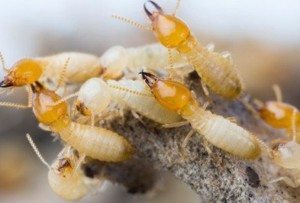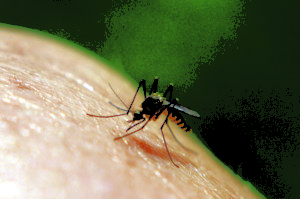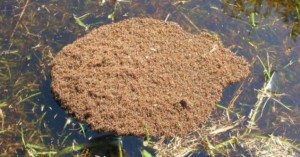Some are calling the floods following Harvey the worst flood in a thousand years, and it had many residents fleeing their homes. But residents weren’t the only ones fleeing. When waters rise, it forces wildlife and insect populations to flee their homes as well.
Houston pest control experts warn residents to take precautions to avoid pest related issues. These floods will bring loss and heartache that can’t be avoided, but a pest infestation shouldn’t be one of them. Protect your family and protect your home with proactive measures that will make those pests choose another place to relocate.
Get A Free Quote
Residential
(281) 561-9999
Commercial
(800) 562-8103
Rats
Rising waters in Texas drove rats out of sewer systems and into homes. If you live near a flood area, be vigilant to seal any gaps, cracks or holes in your exterior and basement walls. A caulking gun works great as a temporary fix. Fill in gaps around pipes, air conditioning units, wiring, outlets, and other objects that pass through your walls.
Mosquitoes
Increased rain water always causes mosquito populations to increase. Flooding creates an additional threat by picking up mosquito eggs and carrying them downstream to areas that have not been hit by the heavy rains. Although mosquito eggs can’t survive rushing water, once the water recedes a little and we are down to standing water, the mosquitoes will flourish. With increased mosquito populations, there is always an increase in mosquito-borne viruses.
If you live inside a flood affected area, try to get your property as dry as possible, and as quickly as possible. Fill in areas where water has collected. Make sure your gutters aren’t clogged. Remove wet debris from your lawn. Get rid of, or empty, any objects on your lawn that water has pooled in.
 Termites
Termites
Termites thrive in moist environments. Following a flood, building materials such as wooden joists, cement boards and wood frames are wet, making them more attractive to termites. There are also areas where soil may have shifted, creating more areas of wood-to-soil contact and an invitation for termites to call your home their own. Watch for signs of termites such as weakened wood, mud tubes and kick-out holes and seek help immediately. If you find yourself needing the assistance of a builder, make sure the site is pre-treated for termites.
Fire Ants
When waters rise, fire ants leave their nests and create a floating mass. If you will be walking anywhere near flooded areas, be aware of these floating islands of fire ants will be out there. One wrong step could mean hundreds of nasty bites.
 Roaches
Roaches
Like rats, these disease-carrying pests will be looking for a new home. Filling holes in your exterior walls will not be enough to keep roaches out. They find their way in through the tiniest of cracks, so be on the lookout and reach out to a pest control company if you find yourself with an issue.




